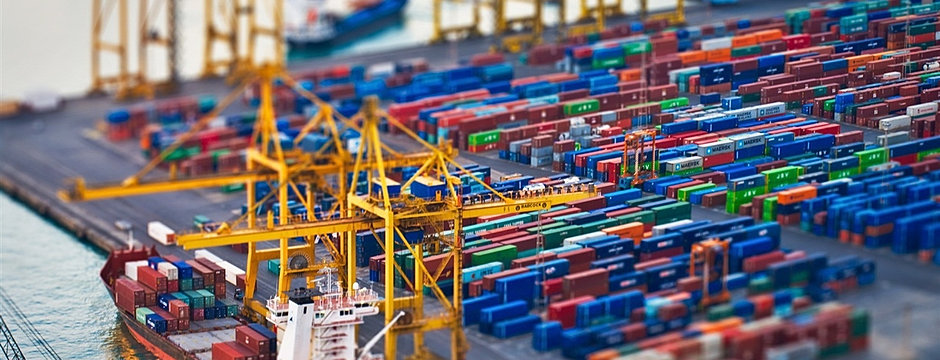PETRONAS
is well known as the biggest manufactory oil in Malaysia. PETRONAS' Logistics
and Maritime Business is mainly undertaken by shipping subsidiary, MISC Berhad.
MISC is Malaysia's leading international maritime corporation. The principal
businesses of MISC consist of ship owning, ship operating, other shipping
related activities, owning and operating of offshore floating facilities as
well as marine repair, marine conversion and engineering and construction
works. MISC has grown from being purely a shipping line in 1968 to become a
fully integrated maritime, offshore floating solutions, heavy engineering and
logistics services provider. This was brought about when MISC became a
subsidiary of PETRONAS in 1998, a move that produced synergistic benefits
especially in the field of oil & gas transportation. As a subsidiary of PETRONAS,
MISC adds value to petroleum and LNG business by providing the Group with
reliable transport and logistics support as well as the flexibility to trade the
products in the international markets. Its modern and well-diversified fleet of
more than 130 vessels with a combined tonnage of more than 13 million
deadweight tons (DWT) traverses the globe, calling at most major ports around
the world. Through its subsidiary, Malaysia Marine and Heavy Engineering
Holdings Berhad (MHB), MISC has also built a strong foundation in the marine
and heavy engineering industry. Today, MHB is well on its way to become a center
of choice for marine repair undertaking the repair and maintenance of LNG
carriers, Very Large Crude Carriers (VLCC), Ultra Large Crude Carriers (ULCC)
and other marine vessels and marine facilities. Its marine conversion and
engineering and construction business also offers a range of construction and
engineering services of oil and gas production facilities, contributing in
particular to the development of PETRONAS' deep water operations. MISC also
offers total logistics services which include Freight Management,
Transportation and Warehousing services through its wholly owned subsidiary,
MISC Integrated Logistics Sdn Bhd (MILS). MILS' specialized Project Logistics
and Supply Chain Management unit serve the upstream and downstream logistics
requirements of PETRONAS and the global energy industry.
Downstream
(Oil and Petrochemicals)
Oil
PETRONAS adds
value to the crude oil produced by their exploration and production operations
through their integrated oil business that encompasses refining, marketing,
trading and retail operations. Comprising a range of significant grades from
various regions, the crudes are traded and marketed internationally as well as
processed into petroleum products at their refineries for both domestic and
export markets. They own and operate four refineries with a total refining
capacity of more than 448,000 barrels per day. The petroleum products from
these refineries are marketed through their network of service stations in
several countries, including in Indonesia, Malaysia, South Africa, Sudan and
Thailand.
Petrochemicals
PETRONAS’ venture into the petrochemical
industry adds further value to the nation’s gas resources. They partner foreign
multinational companies to acquire the best petrochemical expertise and
technological know-how. With adequate feedstock via the Peninsular Gas
Utilisation (PGU) pipeline, PETRONAS is positioning Malaysia to be a
competitive petrochemical hub with the establishment of two integrated
petrochemical complexes (IPCs) with superior logistics and infrastructure
capabilities. The Kertih IPC and the Gebeng IPC provide ready sites for
petrochemical plants with the provision of industrial gases and utilities via
the Centralised Utility Facilities, ports and a railway link for a more
efficient delivery system. Since 1992, the IPCs have grown to become home to
more than 20 petrochemical plants. The IPCs are aimed to enhance
competitiveness through the establishment of synergistic linkages and
integration both within plants as well as between common infrastructure and
support facilities, making the entire manufacturing process more cost effective
and efficient. PETRONAS is also promoting the plastics manufacturing sector by
developing the Kertih Plastics Park to take advantage of readily available
feedstock from the adjacent IPC. PETRONAS’ subsidiary, PETRONAS Chemicals
Marketing Sdn Bhd (PCM), markets and trades their petrochemical products to
both Malaysian and international customers.































